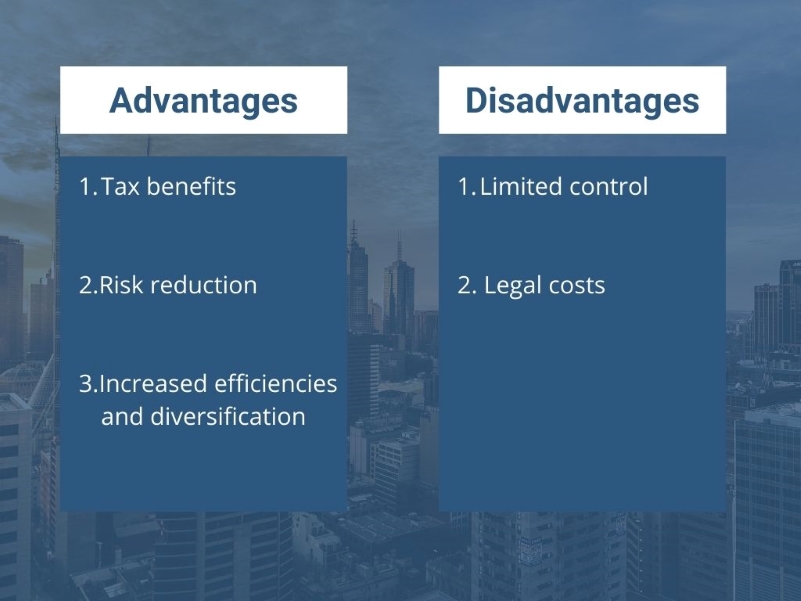You might be completely unaware that some of your favourite companies are actually just a small part of a huge conglomerate. The biggest fashion brands, food, and social media companies are more often than not subsidiaries to a much larger organization. But what actually is a subsidiary? Keep reading to find out.
How can we define a subsidiary?
A subsidiary is a type of business entity or corporation that is solely owned or partially controlled by another company known as the parent company. The proportion of shares owned by the parent company determines ownership, and that ownership stake must be at least 51 percent.
What qualities do subsidiaries have?
A subsidiary is a separate and independent business entity from its parent firm. This is beneficial to the corporation in terms of taxation, regulation, and responsibility. Separate from its parent, the subsidiary can sue and be sued. Its liabilities are normally their own, and the parent firm is usually not liable for them.
The parent firm will have the requisite votes to establish the subsidiary’s board of directors if it owns at least 51 percent of the subsidiary. This allows the parent company to have a say in how the firm makes decisions.
Sub-companies and their parents do not have to be in the same area or have the same type of business. Subsidiaries may also have their own sub-companies; the line of succession forms a corporate group with varying degrees of ownership.
What are the advantages and disadvantages?

Advantages
- Tax benefits: A parent company’s tax burden can be significantly reduced thanks to state-allowable deductions. For parent firms with several subsidiaries, the income obligation from profits earned by one subsidiary can frequently be mitigated by losses in another.
- Risk reduction: Given that it establishes a separation of legal entities, the parent-subsidiary model reduces risk. Losses incurred by a subsidiary do not readily transfer to the parent. In case of bankruptcy, however, the subsidiary’s obligations may be assigned to the parent if it can be proven that the parent and subsidiary are legally or effectively one and the same.
- Increased efficiencies and diversification: Creating subsidiary silos can help a parent firm achieve improved operational efficiency by dividing a huge corporation into smaller, more manageable entities.
Disadvantages
- Limited control: If a parent’s subsidiary is partly controlled by other companies, managerial control difficulties may arise. This is as a result of matters having to be decided through the parent bureaucracy’s chain of command before any action can be taken. Decision-making ultimately becomes a lengthy and tedious process.
- Legal costs: Lengthy and costly legal paperwork burdens result, both from the formation of a subsidiary company and in filing taxes.
Meta platforms: example of a subsidiary structure
Facebook, more recently known as Meta, is a well-established parent corporation in the digital industry. It has several investment portfolios in other firms in the social media sector and is the parent company of several software technology sub-companies as well.
Some examples of Meta sub-companies are Instagram, WhatsApp, Oculus VR ad Giphy. Each of these sub-companies are extremely successful in the tech/social media world.




